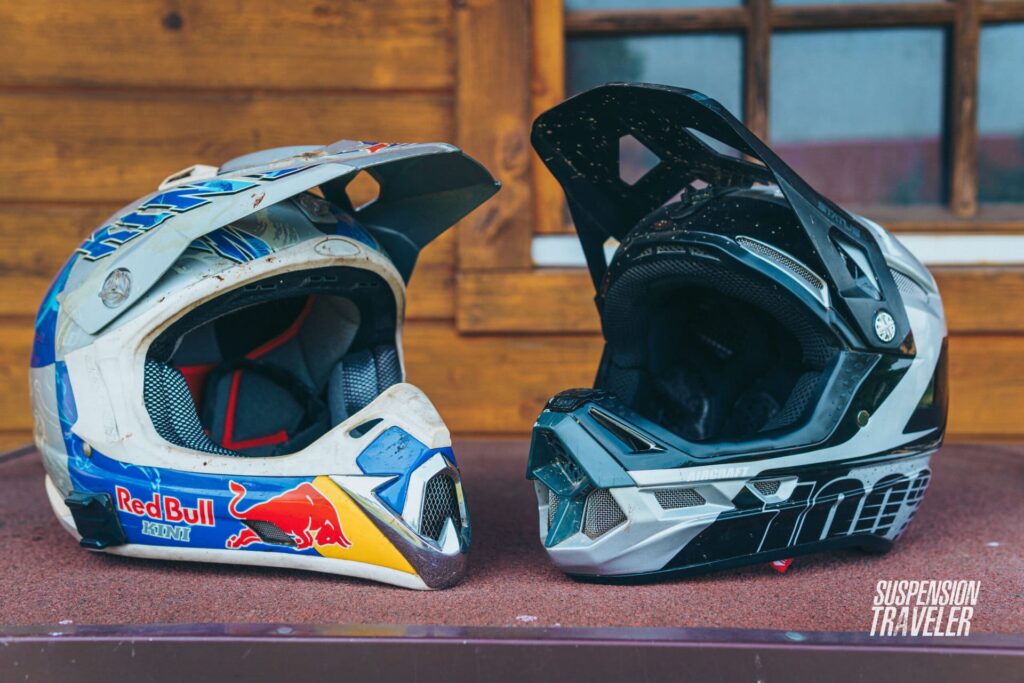You might be thinking, “An offroad helmet is an offroad helmet, right?” At least they look alike! Well, not quite. While both Motocross and Downhill MTB helmets protect your most valuable asset – your head – their designs have specific features tailored to the needs of each sport.
One is much more high-speed and the other has much harder surfaces to crash on. So, in this article, we’ll delve into the often overlooked details of these helmets, outlining their key differences and explaining why they do or don’t matter. So strap in, and let’s find out the key differences between Motocross and Downhill MTB full-face helmets.
To make it clear, we’re talking about full-face helmets here. That means a type of helmet that offers complete coverage around the head, including a chin bar, and visor (here’s why they exist), and it’s worn with a set of goggles for eye protection.
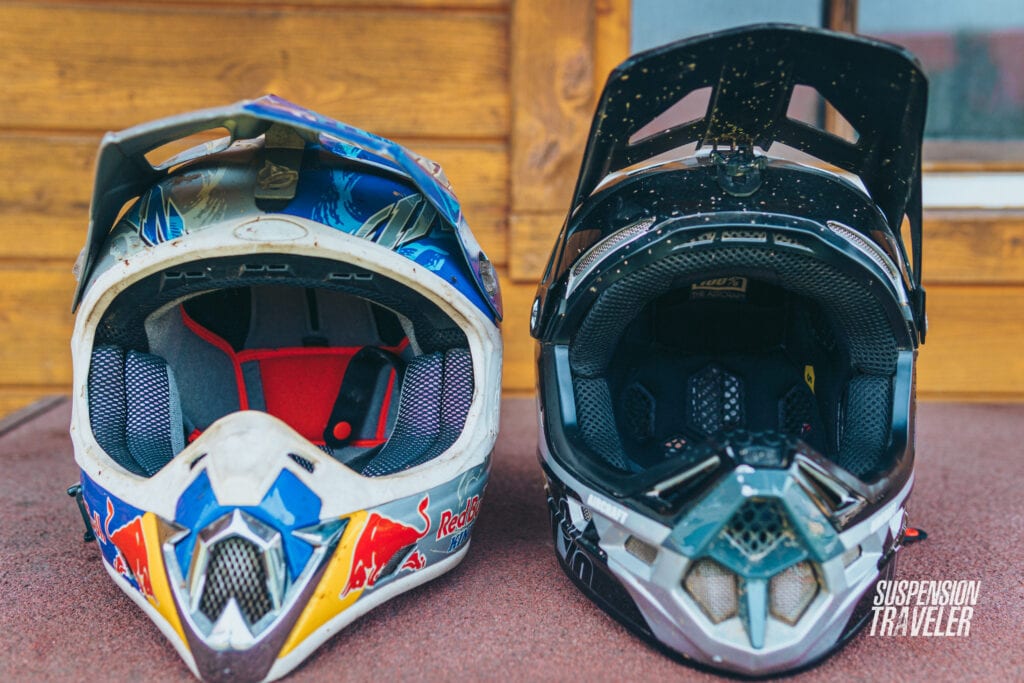
“You’ll see Downhill helmets getting larger, foam getting softer and different ways to keep the rider cool. In other words: More like Moto helmets.”
Bob Weber of 6D
Overall Volume
This is a difference that’s been fairly easy to spot. MX helmets are generally larger in size which means they have more foam on the inside to do work and mitigate impact forces.
More foam thickness allows more or thicker layers of EPS in varying densities to work well at various speeds of impact.
Quick side note: What’s EPS?
EPS is a rigid and tough type of foam made of Expanded Polystyrene beads. The EPS shell sits between the outer helmet shell and the padded inner liner contacting the head. EPS is the part of a helmet that deteriorates over time. Its diminishing effectiveness is why you should consider replacing your MTB helmet every three to five years regardless of having crashed with it or not.
One could argue that most DH helmets are too small in volume and could benefit from more foam material on the inside. And many top helmet brands tend to agree. In recent years, DH helmets have grown in size, which makes them a little more bulky but that’s ultimately a good thing for safety.
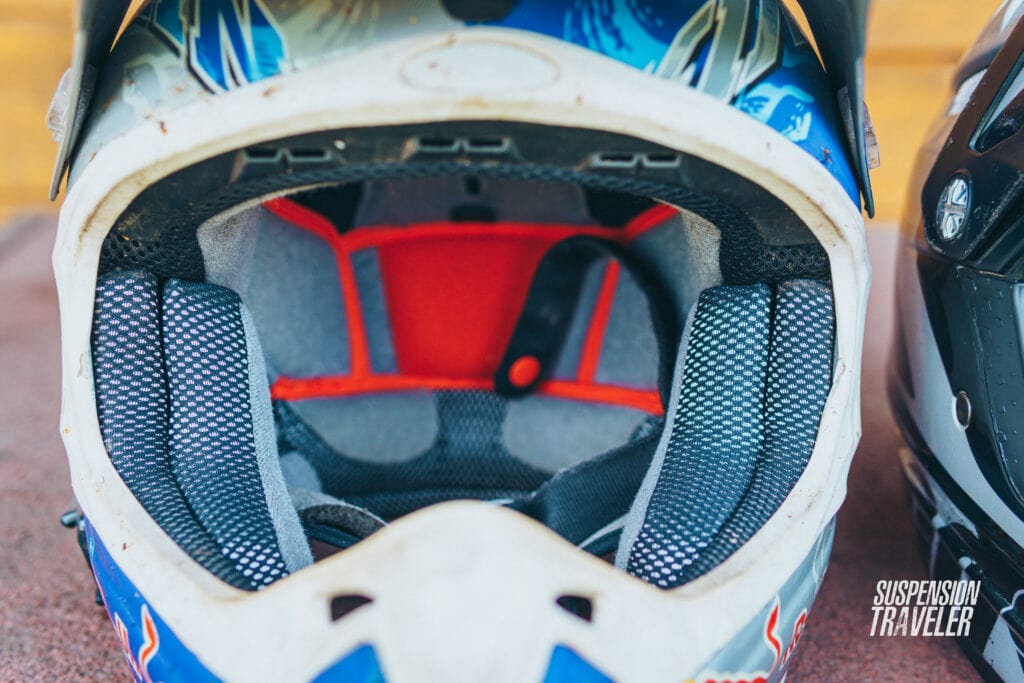
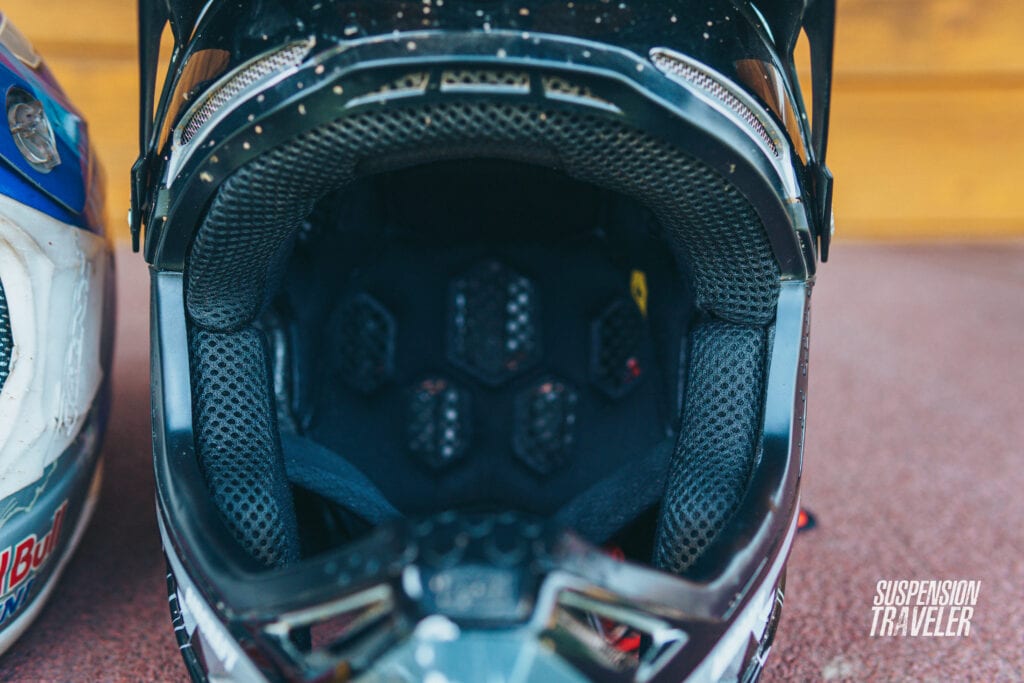
Foam Softness
With different thicknesses of EPS and the inner liner comes a difference in foam density. Moto helmets typically have softer foam than cycling helmets. This can make them not only more comfortable to wear but also more compliant in an impact.
A thinner layer needs to be harder which does less damping of impact forces. Thicker foam on the other hand can be softer and allow more movement between the helmet shell and head in the event of a crash.
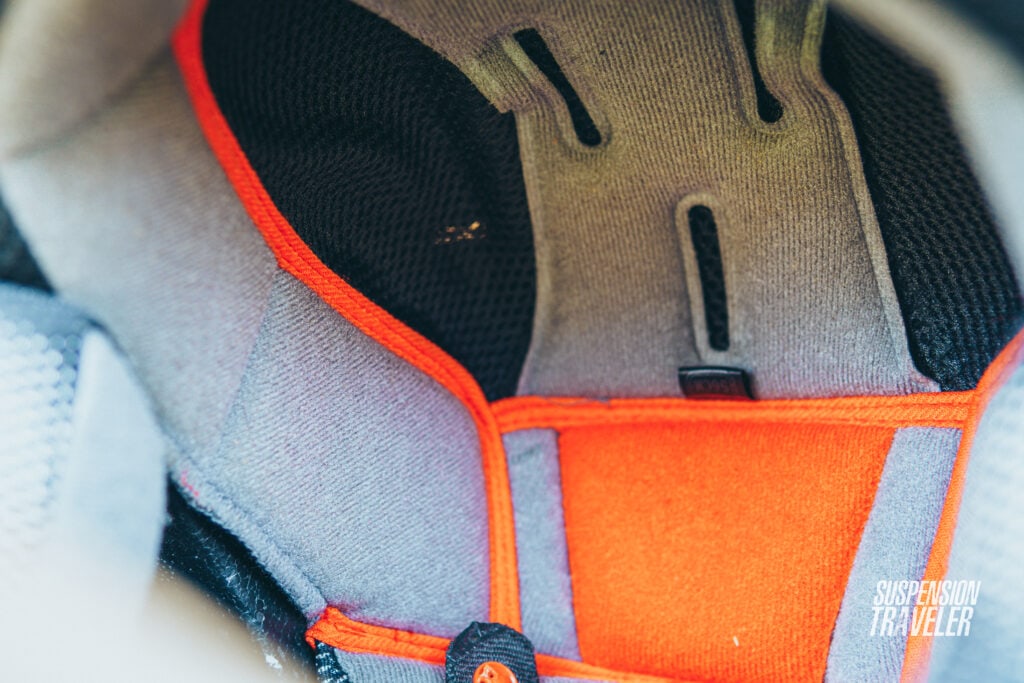
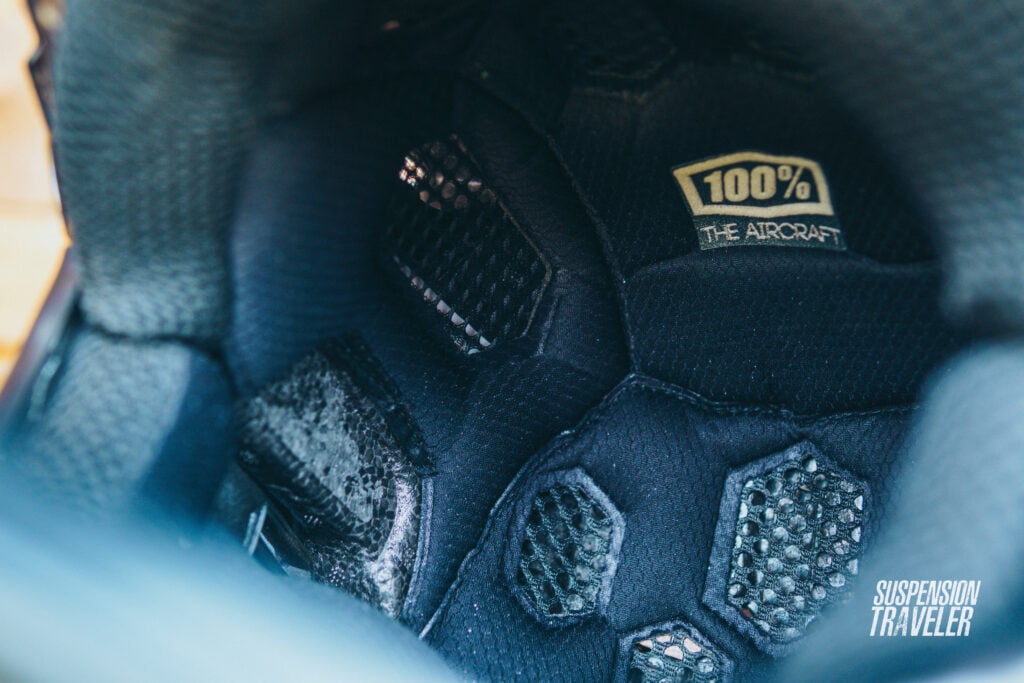
This is probably one of the biggest misconceptions: You don’t actually want a hard and stiff helmet. It should be designed to flex and even break so your head doesn’t. Carbon material in helmets isn’t there to improve stiffness but decrease weight while keeping a similar level of flex.
“Most Downhill helmets are too small volume and too aggressively ventilated which makes them too hard. Those guys should be in better helmets.”
Bob Weber of 6D
Ventilation
Speaking of volume, holes for airflow in a helmet reduce total volume even more. So, more vents also mean less EPS and damping foam. More ventilation isn’t necessarily better for safety. That’s probably a reason why you see pro enduro MTB racers in regular DH full-face helmets than the lighter, more ventilated enduro full-face lids.
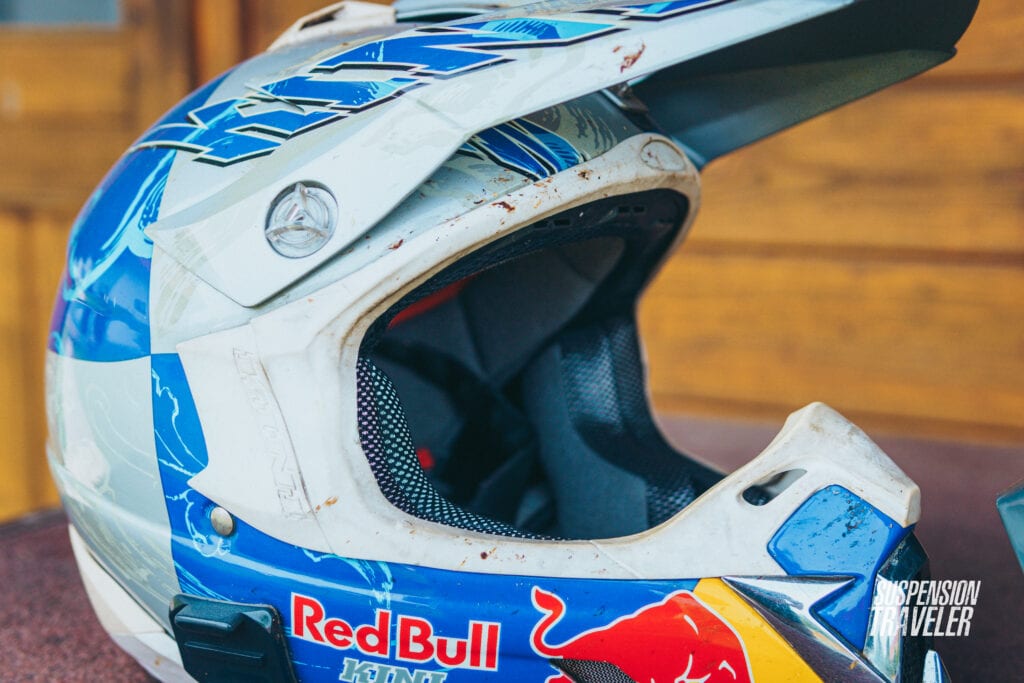
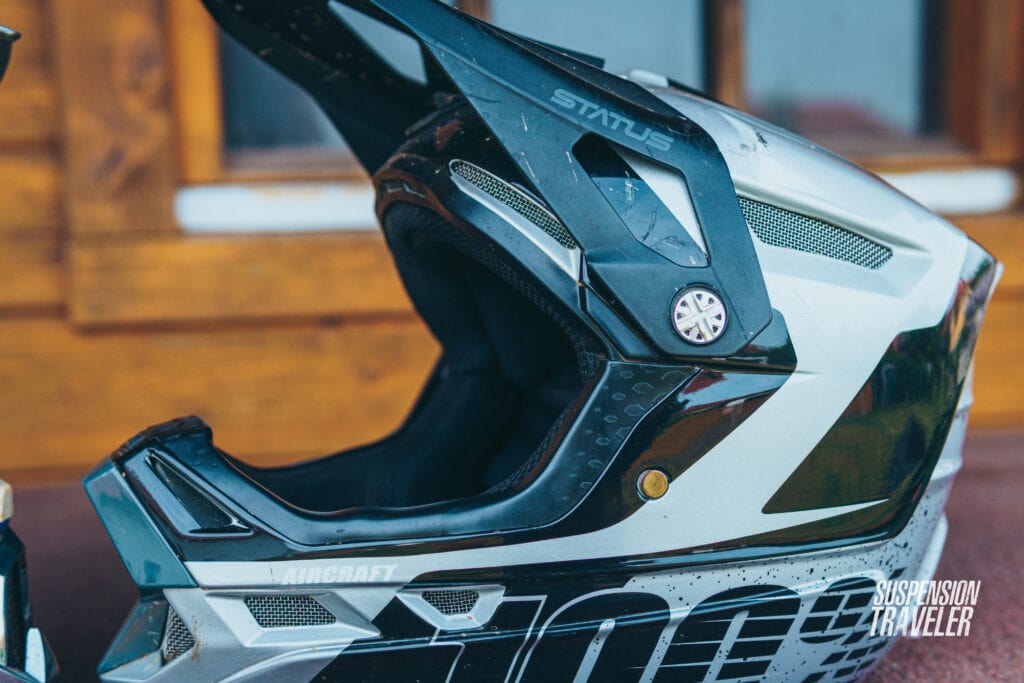
For motocross, it makes more sense to keep vent ports to a minimum. Firstly, with the speeds in MX there’s much more airflow. Secondly, fewer and smaller holes also mean much-needed protection from the roost of other riders.
For mountain biking, it’s a little more tricky. On an MTB the rider is the engine, that gets hot and needs cooling. Riding purely downhill it’s probably advisable to go with less airflow, but if any uphill pedaling is involved, there’s a feasible risk-reward decision to be made in favor of some much-needed airflow. That’s where lighter enduro full-face lids come in.
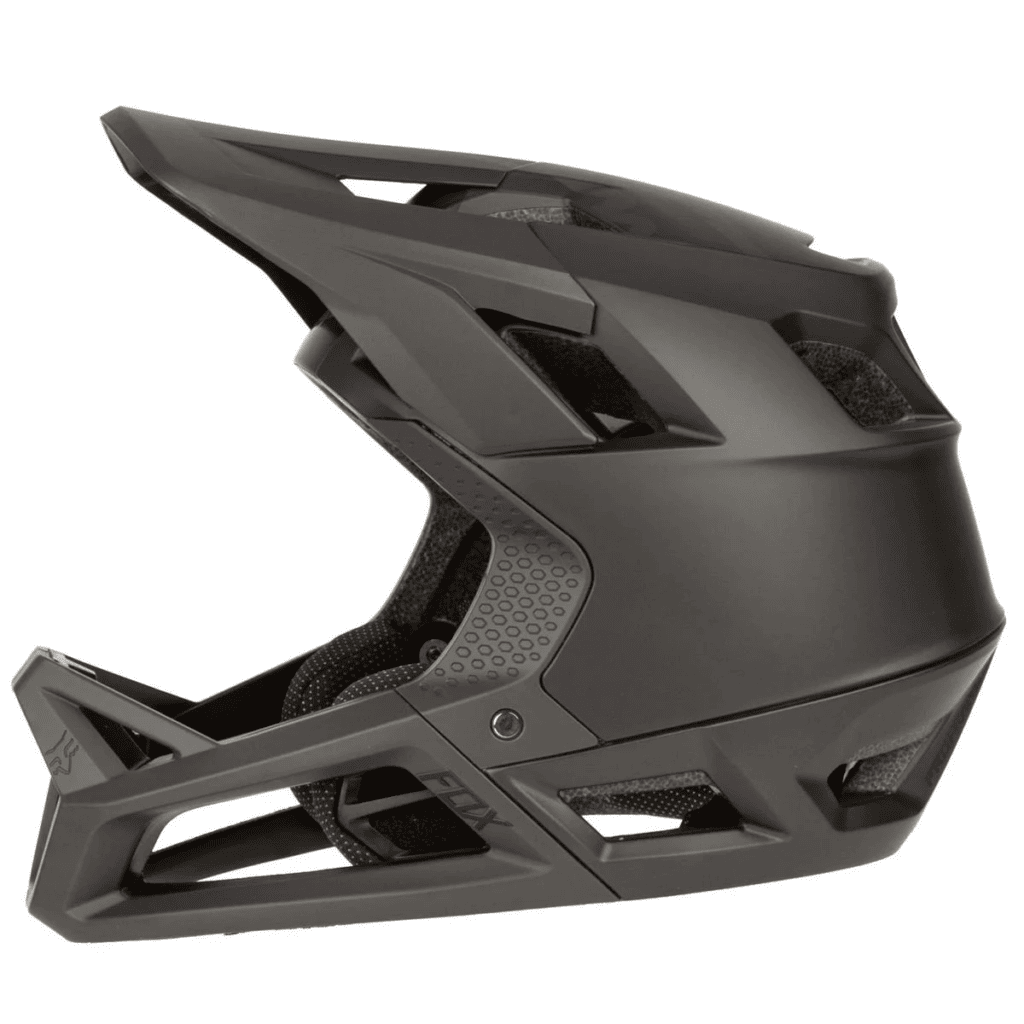
Weight
With different levels of overall volume and ventilation holes, there are bound to be weight differences. Meaning, MTB helmets are generally lighter and more comfy to wear all day long.
But again, as MX and DH helmets get closer to each other over time, that weight difference is coming down as well. The actual materials used will make more difference then. Most manufacturers offer their helmet shells in composite, fiberglass and carbon variations. Some models even in more than one material.
Safety Certifications
Well, duh. Obviously, different types of helmets are designed for different sports that can lead to different kinds of impacts – you might say. But it isn’t that obvious.
It’s true that the safety features and design is tailored to the speeds the riders travel at. And while it makes theoretical sense to test a helmet for all possible certs out there, it’s not always practically feasible.
Here’s a good example of a helmet brand, that’s making both MX and MTB helmets. Can you spot the difference between the LEATT MX and DH models?
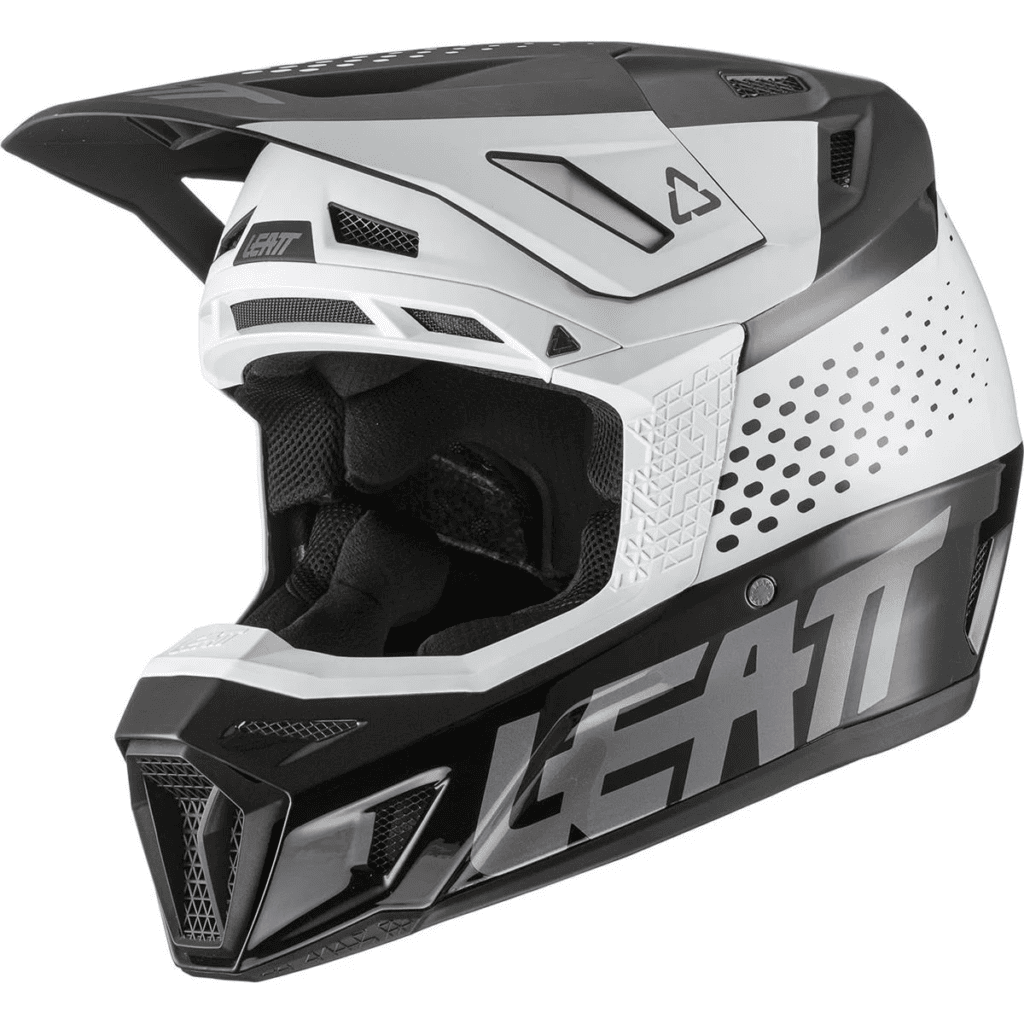
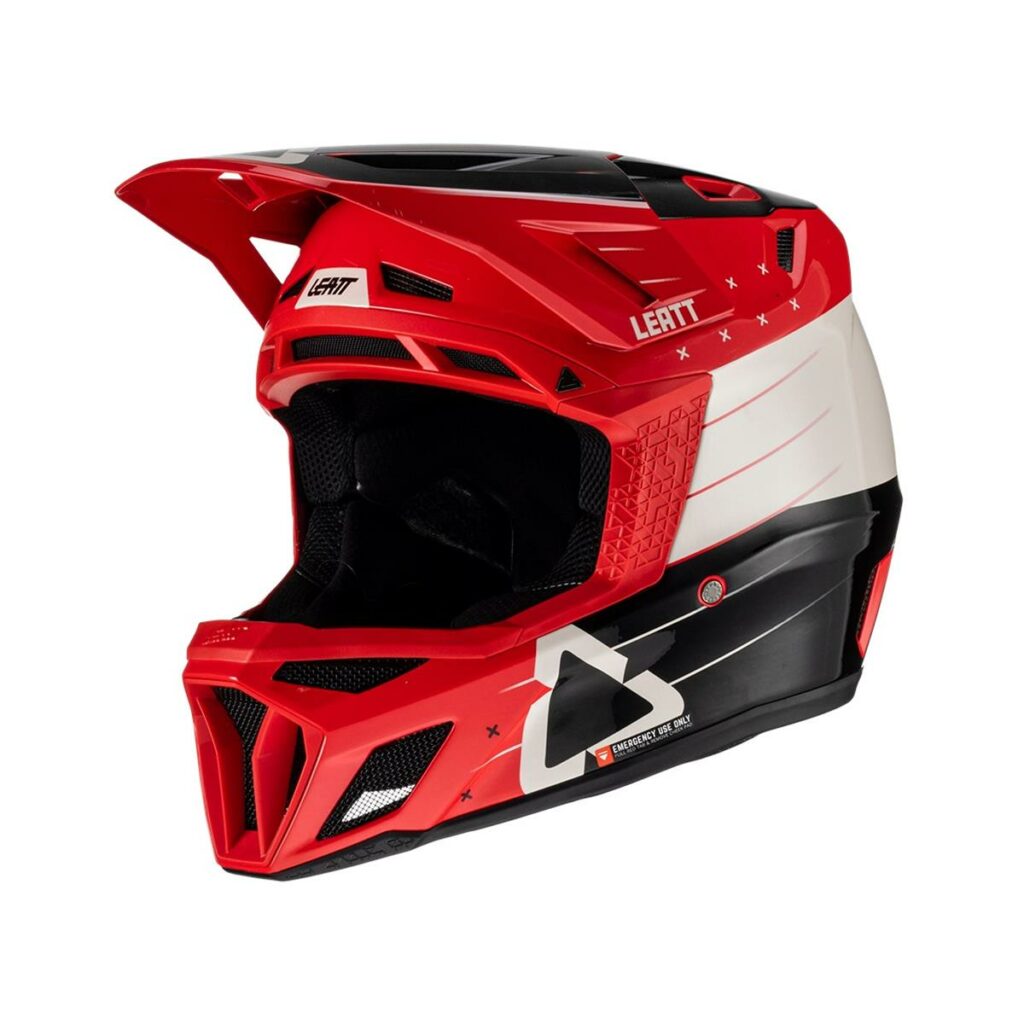
It’s basically the same outer shell with very similar internal safety technology. They’re not only trending toward each other, Leatt’s full-face models pretty much overlap already. That means the Gravity 8.0 MTB full-face is practically suitable for motorsports.
Tho, due to some legal requirements, it doesn’t officially have the certification on paper, although it passes for those high-speed impacts as well in the lab.
So, there you have it. In some cases MTB and MX helmets are basically the same already – or at least very close to it.
And then there are the specific bonus features aside from the safety aspects.
Extra Features
Built-in routing for drinking hose which is very common in Moto Enduro and even Motocross. It allows the hose from a hydration pack to go through the chin bar so the rider can take a sip without taking the hand off the handlebar.
The closure buckle system may be different in some cases. MTB helmets may feature an easy-to-use magnetic Fidlock system, a simple clip or the double D-ring that’s used across pretty much all moto helmets.
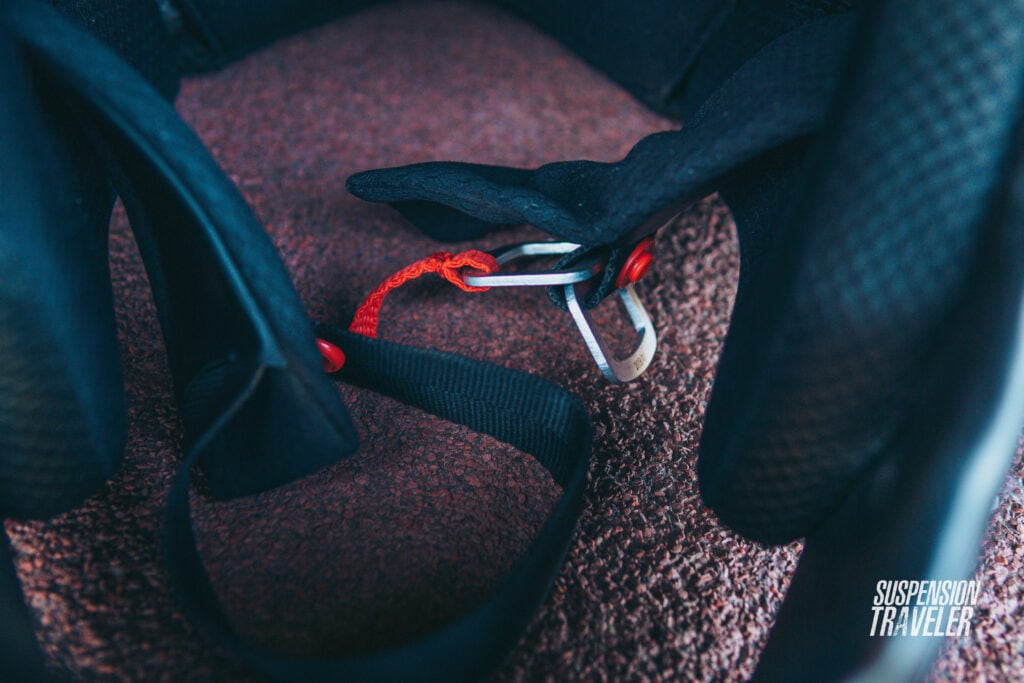
As far as safety features go, there’s also the option of inserting inflatable emergency helmet removal airbags inside some helmets. That technology even has found its way into some of the high-end MTB helmets. That requires some after-market upgrades as pretty much none come equipped with it.
Magnetic visors have been common on MX lids and are sometimes found on top-tier MTB models. Most are still using the established break-away screw system tho. Easily detachable visors are crucial in helping reduce rotational forces in a crash scenario.
